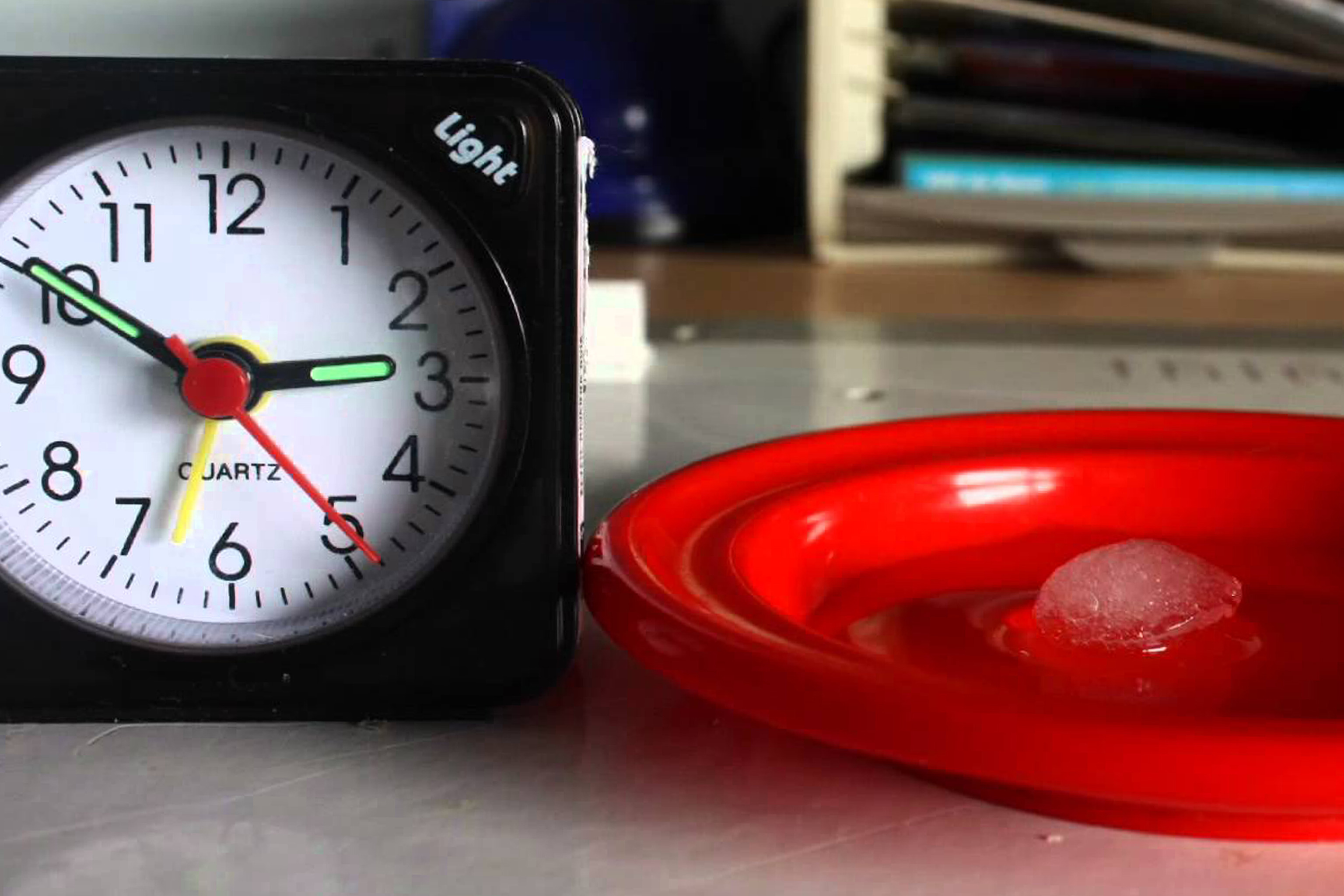Make a time lapse movie
Make a time lapse movie by photographing a changing scene (plants, clouds, or artwork) on a steady mount, then combine images into a short video.



Step-by-step guide to make a time lapse movie
How to Shoot Timelapse Video on iPhone - Complete Guide Using ReeLapse
Step 1
Pick a subject to film such as a plant clouds moving in the sky or a piece of artwork and choose a bright comfortable spot.
Step 2
Set up your tripod or build a steady mount using stacked books or a box so it will not wobble.
Step 3
Place your camera or smartphone on the mount and make sure it is secure and steady.
Step 4
Frame the shot so your subject fills most of the view and looks interesting.
Step 5
Set the focus on your subject so it will stay sharp in every photo.
Step 6
Adjust the exposure or brightness so the photos are not too dark or too bright.
Step 7
Set the interval timer to take one photo every few seconds or minutes depending on how fast your subject changes.
Step 8
Take a short test sequence of about ten photos to check how it looks.
Step 9
Review the test photos and make any framing or exposure changes if needed.
Step 10
Start the full time-lapse shoot and leave the camera undisturbed while it takes the photos.
Step 11
Transfer the photos to a computer or tablet using a cable or an app.
Step 12
Import the image sequence into a video editor or time-lapse app.
Step 13
Set the playback frame rate to about 12 frames per second and preview the short movie.
Step 14
Export or save the finished video as a short clip on your device.
Step 15
Share your finished time-lapse movie on DIY.org
Final steps
You're almost there! Complete all the steps, bring your creation to life, post it, and conquer the challenge!


Help!?
I don’t have a tripod or an interval timer—what can we use instead?
Use the instructions’ suggested steady mount of stacked books or a box to secure your smartphone or camera and replace an interval timer by using a time-lapse app or a Bluetooth remote that triggers photos at set intervals.
My photos came out blurry or the camera moved—how do we fix it?
Make the mount steadier by adding tape or a heavy book, lock focus and exposure on your camera or smartphone before starting the full time-lapse, and run the ten-photo test sequence again to confirm sharp, steady results.
How can we change the project for different ages?
For preschoolers have an adult set up the mount and interval while the child chooses a brightly lit subject and watches a short test sequence, and for older kids let them set manual focus/exposure, choose longer intervals, and edit the final clip at around 12 fps themselves.
How can we make the time-lapse more creative or personal?
After importing and setting the playback to about 12 frames per second, personalize the clip by adding music, titles, or captions in the editor, try a hyperlapse by moving the mount slightly between shots, or film different subjects (plants, clouds, artwork) and compile them into one montage to share on DIY.org.
Watch videos on how to make a time lapse movie
How to Shoot a Time-lapse on iPhone?
Facts about time-lapse photography
☁️ Clouds can seem to race across the sky in time-lapse because high-altitude winds move them much faster than ground breezes.
⏱️ Time-lapse compresses hours, days, or even years into seconds — one second of video at 24 fps needs 24 photos.
📸 Many cameras and phones include time-lapse modes, but an intervalometer gives you precise control over how often each photo is taken.
🎞️ Scientists and filmmakers were experimenting with time-lapse back in the late 1800s to study motion and growth long before digital cameras.
🌱 Time-lapse lets you watch slow things like plant growth and sun-tracking (heliotropism) happen in just a few moments.
How do I make a time lapse movie with my child?
What materials do I need to make a time lapse movie?
What ages is making a time lapse movie suitable for?
What are the benefits of making a time lapse movie with kids?


One subscription, many ways to play and learn.
Only $6.99 after trial. No credit card required



